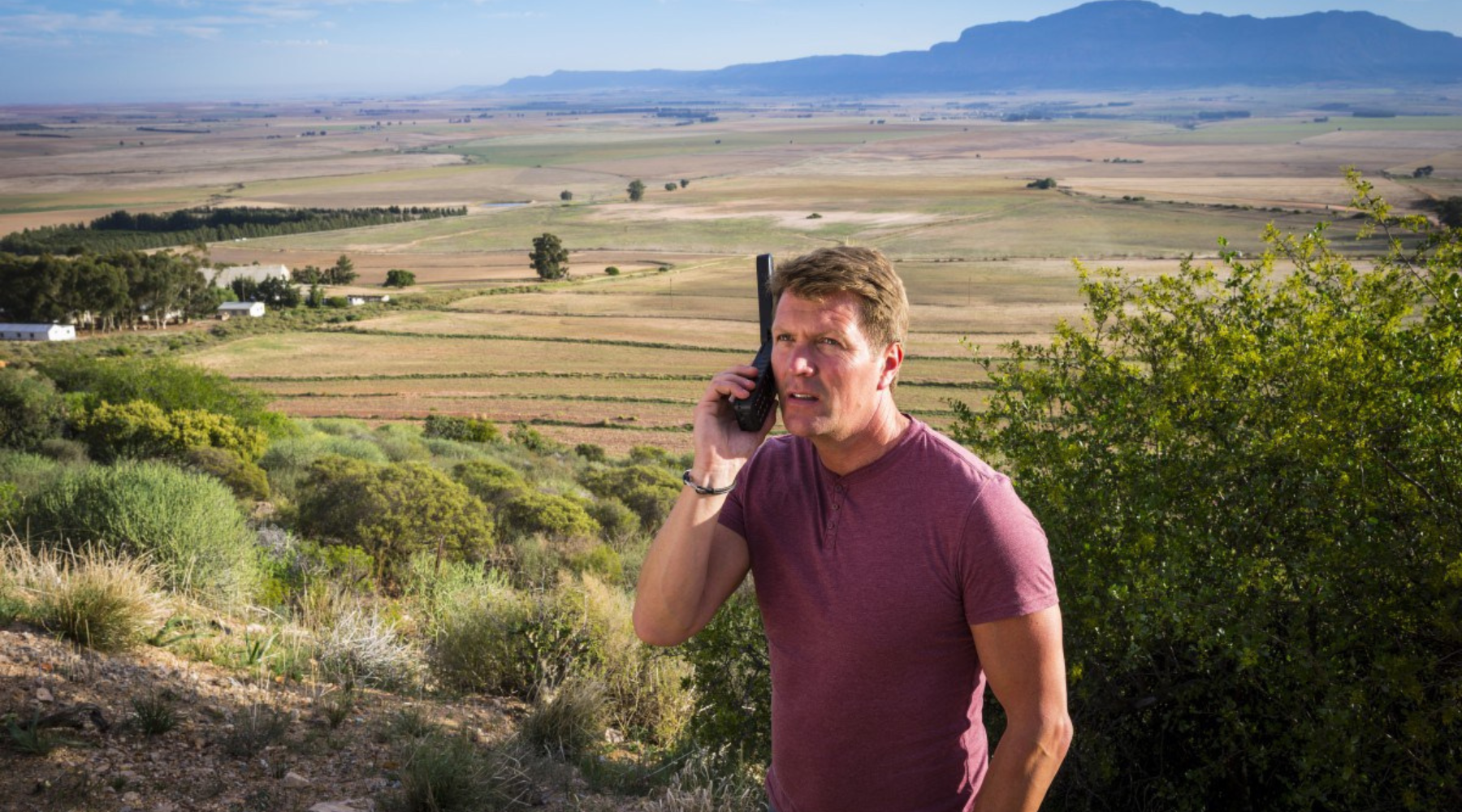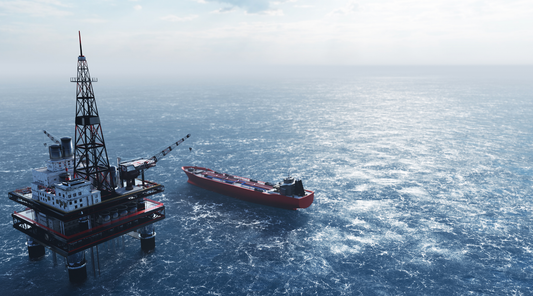Your cart is empty
A Word on the Best Satellite Phones
So many of us love nothing more than stuffing a bag full of essentials and driving off into the wilderness, or heading off solo or with friends for a backpacking adventure. Depending how far off-grid you go, you will need a reliable satellite connectivity source should something go wrong. A readily-accessible satellite phone with decent coverage for voice calls, and one that doesn’t break the bank, should be part of that essential packing.
Buyer's Guide To Satellite Phones
It goes without saying that all satellite phones have their differences, which is why we have put this handy guide together. For example, Iridium satellite phones rely on their mesh network of 66 Low-Earth-Orbiting (LEO) satellites to deliver global coverage from pole-to-pole, while others depend on fewer geostationary satellites that sit 30,000 miles above the equator, reaching over 90% of the globe but not quite hitting both poles. These models instead provide satellite hotspots.
Features
The key feature of any satellite phone is voice calls that work no matter where in the world you are. In most models, this is where their list of features end. The closest thing to a smartphone you will find is the Thuraya X5 Touch with its touchscreen functionality and Android-like appearance, but most high-end satellite phones allow for WiFi hotspotting, GPS location tracking, and even SMS and basic emailing.

Satellite Phone Battery
The last thing you want is your phone’s battery to run out in the middle of an emergency call, and it is imperative that you fully charge the battery before you leave for any backpacking adventure.
If you are going somewhere that requires your phone to be on at all times and you will need to make frequent calls, we recommend an Inmarsat satellite phone like the ISatPhone 2 for its eight hours of voice calls. But if you are looking for an option whose batteries can handle anything, the Iridium Extreme® delivers 30 hours of stand-by even in the harshest environments.
Satellite Phone Coverage
Depending on where in the world you are going will determine the type of coverage you should look for. The Iridium satellite network offers global coverage from pole-to-pole, so can literally use an Iridium satellite phone anywhere on the planet. Inmarsat is the second-widest reaching network with satellites stationed six miles above the equator. It covers the whole planet except poles. Globalstar has a small collection of LEO satellites that cater for most of Europe, the Americas, and Australia. If you are going to the Middle East, Africa, Asia, or the poles, we wouldn’t recommend a Globalstar-served satellite phone. Instead we would suggest a Thuraya satellite phone as it covers EMEA and APAC regions.
Satellite Phone Plans and Minutes
The first thing you will want to do after purchasing your satellite phone is set it up with airtime, otherwise it will be totally useless. We offer a wide variety of airtime plans for all phone types, from pre-paid minutes and monthly plans, to Inmarsat and Iridium sat phone top-ups. We recommend timing your purchase with a deal that works for you and making sure you buy your phone and plan simultaneously, then activate your minutes as soon as your backpacking adventure starts to avoid wasting any precious airtime.
The Best Satellite Phone For Backpacking?
Praised for the fact that they can be used anywhere in the world, we would recommend an Iridium Extreme® or Iridium 9555 satellite phone for any backpacking trip. Not only are they lightweight but they are options you can rely on anytime, anywhere. They retail for over £1,000 each but we strongly suggest paying the premium for their potentially life-saving capabilities. If the purchase price is unaffordable, these devices are available to rent from GTC, so you can make use of them for as long as you need to, at the fraction of the price.
As always, our team of experts is here to help. So, if you need any advice about satellite phones, contact us via:
- Email: info@gtc.co.uk
- Phone: 0800 112 3919




